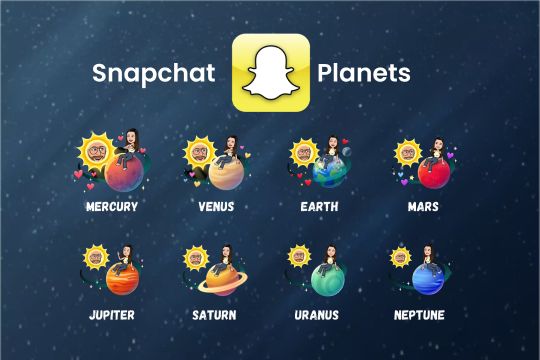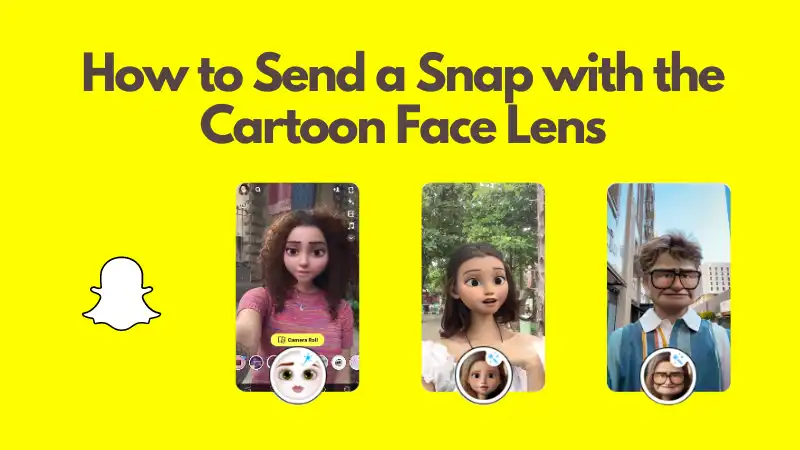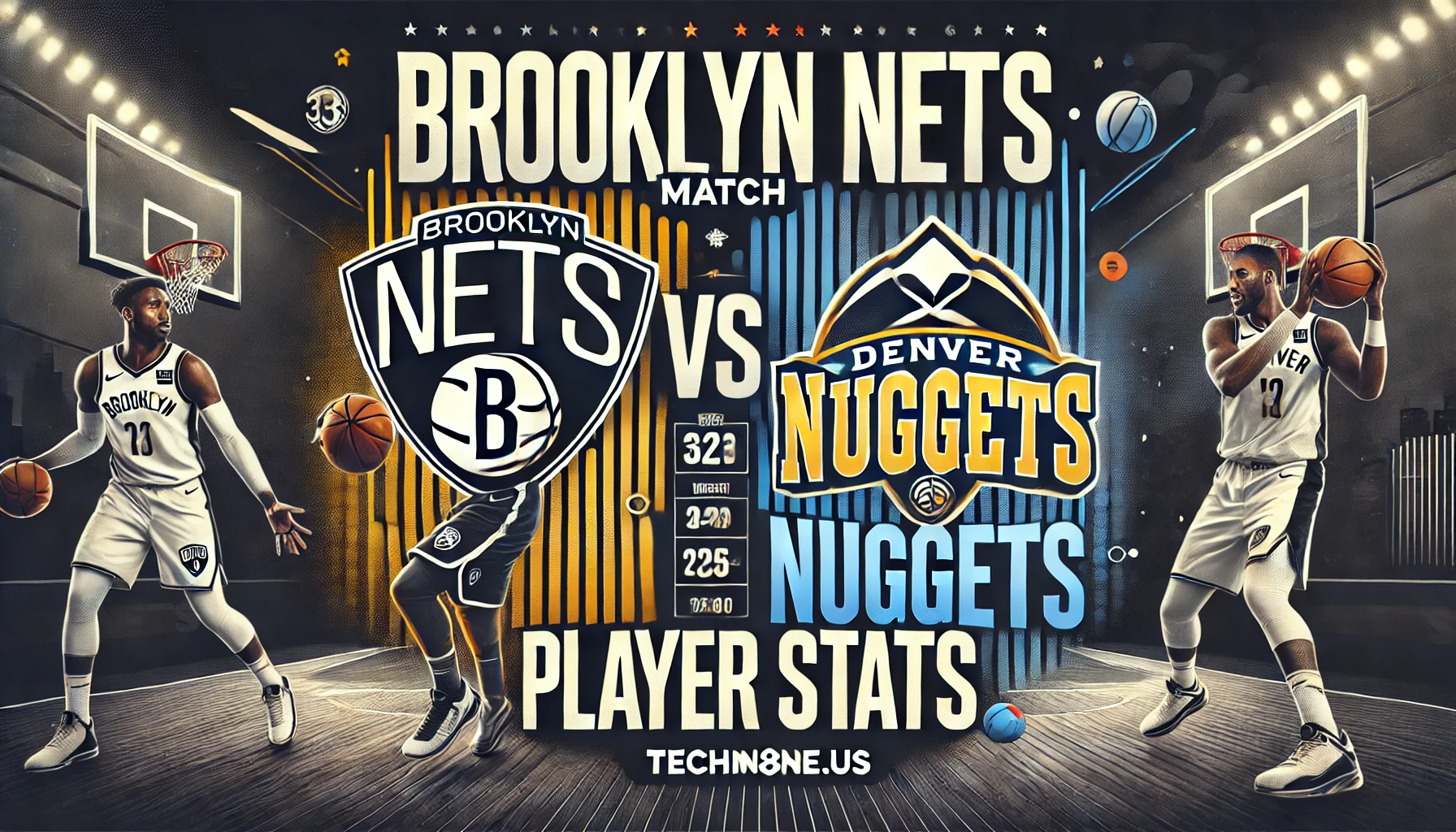Social media platforms are constantly evolving, and Snapchat is no exception. With the introduction of Snapchat Planets, the app has provided an interactive way for users to visualize their friendships as a “social solar system.” This new feature is part of Snapchat’s exclusive subscription service, Snapchat+, where friends are ranked based on the frequency of interactions and represented as planets orbiting around you—the sun.
In this comprehensive guide, we will break down how Snapchat Planets work, what each planet means, how friends are ranked, and how this feature can change your Snapchat experience. Let’s dive into everything you need to know about Snapchat Planets and how your friends are ranked in your solar system.
What Is Snapchat Planets?

Snapchat Planets is a visual representation of your friendships in the form of a solar system. You, the user, are the sun, and your top friends are assigned planets based on how frequently you interact with them. The closer the planet is to the sun, the more you engage with that friend. The idea is simple: the more you snap and chat with someone, the closer their planet will be to your sun, symbolizing the strength of your bond on Snapchat.
This feature is only available to Snapchat+ subscribers, giving them access to an enhanced version of the traditional “Best Friends” list.
How Does the Snapchat Solar System Work?
The Snapchat Solar System ranks your friends by interaction, placing them in one of eight planetary positions, starting with Mercury (the closest to the sun) to Neptune (the farthest). Each friend’s rank is automatically determined by an algorithm that considers how often you communicate with them.
Here’s how the system works:
- You Are the Sun: In your social solar system, you are the center (the sun), and your top eight friends are represented as planets.
- Planetary Rankings Are Based on Engagement: The more you interact with someone—through snaps, chats, stories, or video calls—the closer they will be to you in the solar system.
- Exclusivity: This feature is available only to Snapchat+ users, providing an incentive for users to subscribe to the premium service.
Snapchat Planets and Their Meanings

Each of the planets in the Snapchat Solar System corresponds to a different level of interaction with your friends. Here’s what each planet means:
-
Mercury – Your #1 Best Friend
- Mercury, the planet closest to the sun, represents your #1 best friend on Snapchat. This is the person you interact with the most, whether it’s through snaps, chats, or story engagement.
-
Venus – Second Closest Friend
- Venus is your second-closest friend. While they aren’t your top-ranked, you still have a close and frequent interaction with them.
-
Earth – Third Closest Friend
- Earth represents your third-closest friend. Your bond is still strong, but your interaction level is slightly lower compared to your Mercury or Venus friend.
-
Mars – Fourth Closest Friend
- Mars is your fourth friend, indicating a relationship where the interaction is still regular but less frequent than the top three friends.
-
Jupiter – Fifth Place Friend
- Jupiter represents a more casual friendship. You may exchange snaps and chats with this person occasionally, but they aren’t a daily presence in your social media life.
-
Saturn – Sixth Place Friend
- Saturn is further away, indicating a friend with whom your interaction has declined. You still stay in touch, but it’s less consistent.
-
Uranus – Seventh Place Friend
- Uranus signifies a distant friendship. You engage with this person rarely, perhaps only responding to the occasional snap or story.
-
Neptune – Eighth Place Friend
- Neptune is the farthest planet from the sun, representing a friend with whom you rarely communicate anymore. Your interactions are minimal.
How Are Friends Ranked in the Snapchat Solar System?
Snapchat ranks your friends based on several factors, including:
- Snap Streaks: If you maintain a snap streak with a friend, they are more likely to be ranked as a planet closer to your sun.
- Frequency of Snaps and Chats: Regular communication, whether through snaps or chatting, plays a major role in determining your friend’s planetary position.
- Story Engagement: Interacting with a friend’s stories—by watching, replying, or reacting—also helps boost their ranking.
The Benefits of Snapchat Planets
The Snapchat Planets feature isn’t just a fun way to view your friendships. It provides several benefits, especially for Snapchat+ subscribers:
- Visualization of Friendships: By turning friends into planets, Snapchat offers a unique way for users to visualize their connections. The closer a friend’s planet is to the sun, the stronger the friendship.
- Increased Engagement: Snapchat Planets encourages users to interact more with their friends. Want to move a friend closer in your solar system? Engage with them more through snaps and chats.
- Exclusivity: Snapchat Planets is available only to Snapchat+ users, adding a layer of exclusivity to the service. This makes the premium service more attractive to users who want to enhance their social media experience.
How to Improve Your Rank in Someone’s Snapchat Solar System
![Snapchat Planets: Order, Meaning, and Complete Guide [2024] » Snapchat Planets](https://snapplanets.us/wp-content/uploads/2024/07/Snapchat-Planets-Solar-System.webp)
Want to be someone’s Mercury? Here are a few tips to improve your ranking in someone else’s solar system:
- Send Regular Snaps: Keep sending snaps to maintain and boost your interaction with a friend. The more consistent you are, the closer you will be to their sun.
- Keep the Chat Going: Engage in frequent chats, whether through text, video calls, or audio messages. Snapchat rewards consistency.
- Reply to Stories: Reacting to and commenting on a friend’s story can also increase your interactions, helping you move up in their solar system.
The Future of Snapchat Planets
As part of the Snapchat+ subscription, Snapchat Planets is likely to evolve and grow. Snapchat has always been innovative when it comes to enhancing the user experience, and this feature taps into the human desire to understand and visualize relationships in a more concrete way.
The combination of personalization and exclusivity makes Snapchat Planets a popular addition to the app, and it’s likely that we’ll see more features building off this concept in the future.
Conclusion
Snapchat Planets provides a fresh, engaging way to visualize your relationships on the platform. By turning your friendships into a social solar system, Snapchat offers users an innovative way to track and understand their interactions with others. For Snapchat+ subscribers, it’s a fun and interactive feature that adds more depth to the app’s social dynamics.
Whether you’re a Mercury in someone’s life or orbiting further away as a Neptune, the Snapchat Planets feature adds a new layer of excitement to your friendships. If you’re looking to get the most out of your Snapchat+ subscription, exploring your personal solar system is a great way to do it. And if you’re not yet a subscriber, Snapchat Planets just might be the feature that encourages you to join in on the fun.
FAQS:
1. What are Snapchat Planets?
Snapchat Planets is a feature available to Snapchat+ subscribers that visualizes your top eight friends as planets in a solar system, with you being the sun. The closer a planet is to the sun, the more frequently you interact with that friend on Snapchat.
2. How are friends ranked in the Snapchat Solar System?
Friends are ranked based on the frequency of interactions such as snaps, chats, and story engagement. The more you interact with someone, the closer their planet is to your sun.
3. Which planet represents my #1 best friend?
In the Snapchat Planets feature, your #1 best friend is represented by Mercury, the planet closest to the sun.
4. How can I become someone’s top friend (Mercury) in their solar system?
To become someone’s top friend, you need to frequently send snaps, engage in chats, maintain streaks, and interact with their stories. The more consistent you are in your interactions, the higher your ranking.
5. Is Snapchat Planets available for all users?
No, Snapchat Planets is an exclusive feature for Snapchat+ subscribers. To access it, users need to subscribe to the Snapchat+ premium service.








Leave a Reply